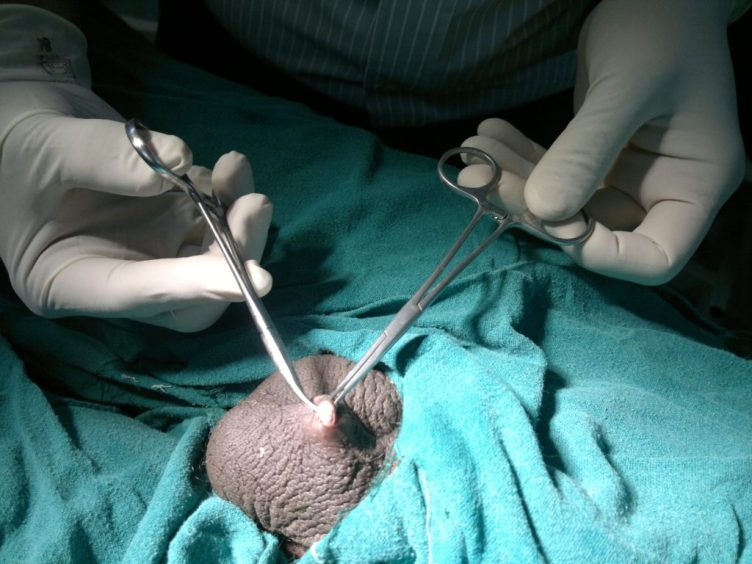If you’re wondering, “What is the best option for a non-invasive vasectomy near me?” then read on.
As technology advances, so do surgical procedures. For example, non-invasive surgery and advances in robotics and machinery mean that even complicated operations like a vasectomy can now be done without making any cuts into the skin. This is what is called a non-invasive surgery.
Even though traditional vasectomies themselves are not classified as “non-invasive,” there has been such a trend towards non-invasive procedures for many years now that it’s becoming much easier to find a local doctor who can perform the procedure without any cuts.
What Is Involved in Non-Invasive Vasectomy?
There are typically two types of “non-invasive” vasectomies available to men who are seeking sterilization.
The first option is PESA (percutaneous epididymal sperm aspiration), which involves inserting a needle through the skin to get to the epididymis, where sperm are stored after being made in your testicles. The sperm are then aspirated from the epididymis, meaning they are sucked out using a syringe.
Usually, this method is used for men who will be undergoing the more invasive traditional vasectomy next, so their sperm can be tested to see if there are any left in their system after PESA. Then, the remainder of the sperm will be removed during the actual traditional sterilization surgery.
The second type is called MESA (microsurgical epididymal sperm aspiration). In this method, a small incision will be made in the scrotum, and a microscope will be used to find the epididymis. The sperm are then aspirated from the epididymis using a special instrument that is inserted into the incision.
The punch-sized incision needed for MESA can typically be closed up using a single stitch, and the recovery time is much shorter than for traditional vasectomy. As a result, most men can return to work in less than a day following MESA.
In both types of epididymal sperm aspiration (PESA or MESA), it’s necessary to go through the skin when removing sperm from the testes. Traditional vasectomy is the only sterilization method that doesn’t require this.
What Are the Benefits of Non-Invasive Vasectomy?
There are many benefits to non-invasiveness. The biggest benefit is that no cuts or stitches are needed for these procedures, which means they can be done much faster than traditional vasectomies.
Another benefit is that local doctors typically perform these procedures in just one or two high-quality medical facilities. This means you don’t have to travel very far for the procedure, which could save you money on gas and lodging expenses.
Are Non-Invasive Procedures Safe?
Both PESA and MESA are much safer than traditional vasectomies, which means the risks of complications are very low. In addition, both types have already been performed more than 100,000 times in the US, with an almost flawless safety record.
What Are Some Limitations?
Non-invasive surgery can be used for both PESA and MESA, but there are some limitations. For example, doctors can only access the epididymis in both procedures. This is an important part of the male reproductive system, but it’s not where sperm is made.
For this reason, non-invasive procedures are effective at rendering a man sterile during one sexual cycle, or just 72 hours. After 72 hours, his body can make new sperm.
This means that men who have non-invasive procedures are advised to use other forms of birth control until it has been at least 72 hours since the procedure took place. Otherwise, there is a chance they could still impregnate their partner.







